
Anatomy of the Circulatory and Lymphatic Systems Microbiology
The circulatory system is a network of blood vessels that transport blood throughout the body. The heart pumps blood through the arteries to the tissues of the body, and veins return blood from the tissues back to the heart. The circulatory system also helps to regulate the body's temperature and pH. Every minute, our heart pumps anywhere.
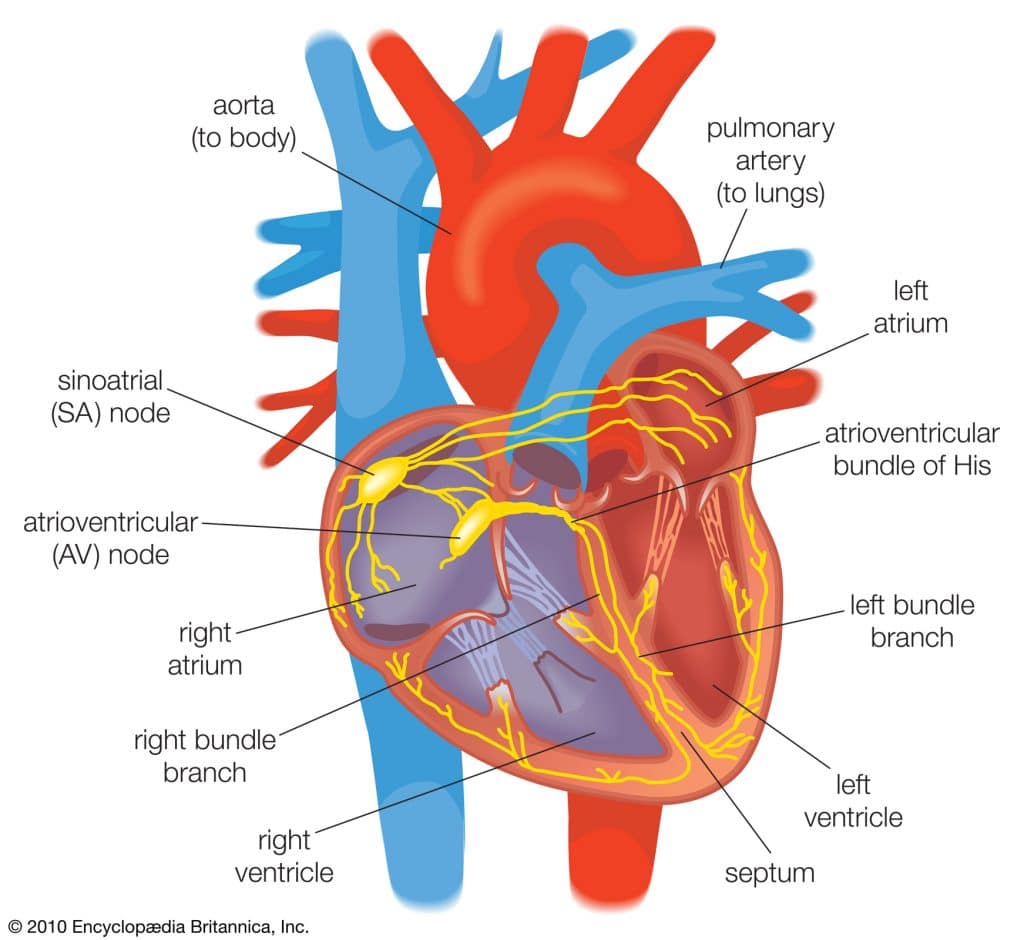
Section 3 The Cardiovascular System Nitty Gritty Science
The circulatory system consists of three independent systems that work together: the heart (cardiovascular), lungs (pulmonary), and arteries, veins, coronary and portal vessels (systemic). The.
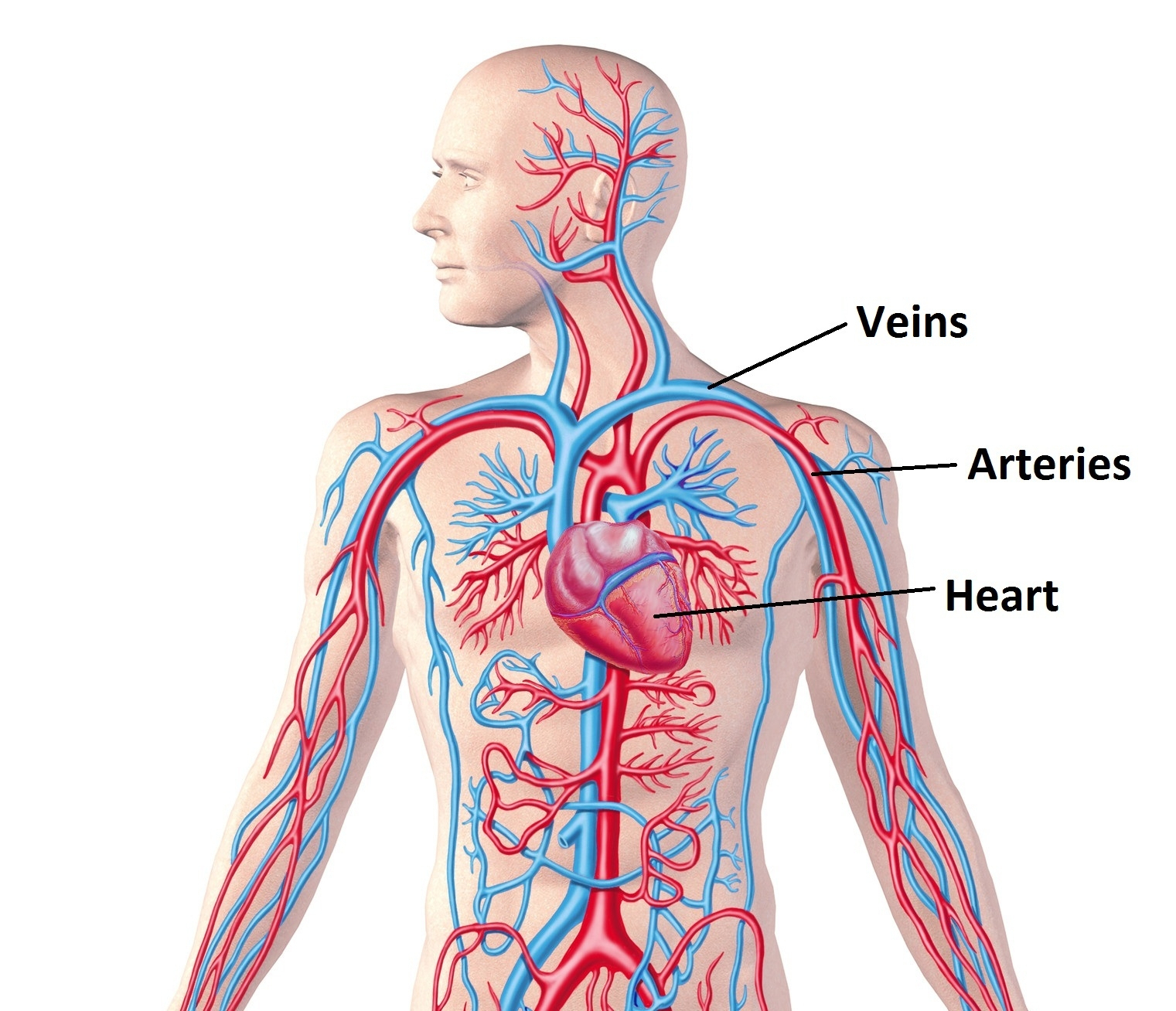
Science Class 6EP Circulatory system
1. The Heart Wall Is Composed of Three Layers The muscular wall of the heart has three layers. The outermost layer is the epicardium (or visceral pericardium). The epicardium covers the heart, wraps around the roots of the great blood vessels, and adheres the heart wall to a protective sac. The middle layer is the myocardium.

Heart & Circulatory System Diagram, Parts & Function, For Kids
As seen in the diagram above, the circulatory system spans the entire body. As it moves blood around the system, it is both bringing oxygen to the tissues and carrying away the waste products they create.The circulatory system also has many functions related to delivering hormones, allowing the passage of immune cells, and other functions related to coordinating and maintaining a multicellular.
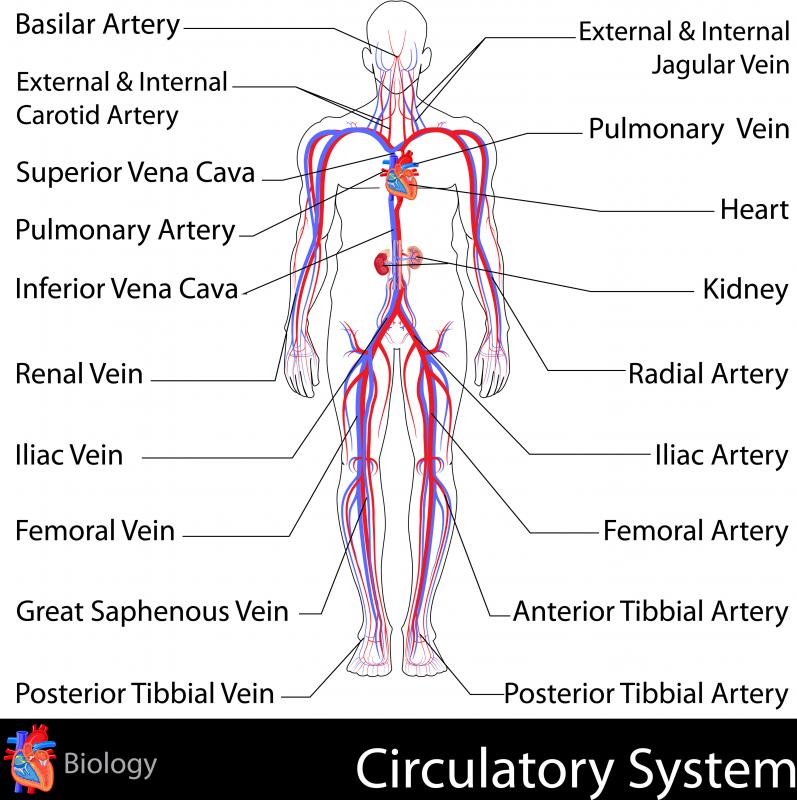
How does the Circulatory System Work? (with pictures)
Heart wall There are three layers of the heart wall. The epicardium is the heart wall's outer layer, the myocardium is the middle — and muscular — layer, and the endocardium is the heart's.

Definition of Coronary Heart Disease 17
Your heart is the primary organ of your circulatory system. It pumps blood throughout your body, controls your heart rate and maintains blood pressure. Your heart is a bit like a house. It has walls, rooms, doors, plumbing and an electrical system. All the parts of your heart work together to keep blood flowing and send nutrients to your other.

Circulatory System Charts
1. Heart Heart is the primary muscular pumping organ which pumps out the blood in the artery (known as aorta) from where the blood is supplied to the whole body via a number of arterial tributaries. The total amount of blood pumped out from heart per unit time is known as 'cardiac output'

The Heart and Circulatory System Teaching Resources
Pulmonary Circulation Recall that blood returning from the systemic circuit enters the right atrium ( Figure 20.23) via the superior and inferior venae cavae and the coronary sinus, which drains the blood supply of the heart muscle. These vessels will be described more fully later in this section.
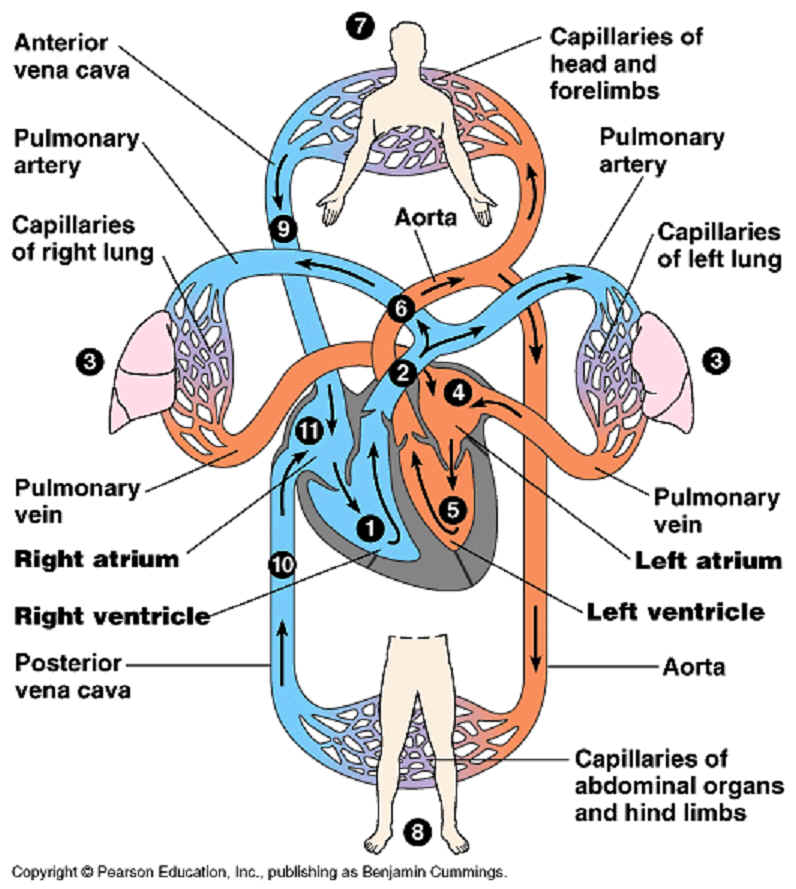
Science CIRCULATORY SYSTEM
Interactive Guide to the Cardiovascular System | Innerbody The Cardiovascular System Learn all about the heart, blood vessels, and composition of blood itself with our 3D models and explanations of cardiovascular system anatomy and physiology. By: Tim Taylor Last Updated: Jul 29, 2020 2D Interactive NEW 3D Rotate and Zoom Anatomy Explorer

Circulatory system Functions, Parts, & Facts Britannica
heart, organ that serves as a pump to circulate the blood.It may be a straight tube, as in spiders and annelid worms, or a somewhat more elaborate structure with one or more receiving chambers (atria) and a main pumping chamber (ventricle), as in mollusks. In fishes the heart is a folded tube, with three or four enlarged areas that correspond to the chambers in the mammalian heart.

cardiovascular system Kids Britannica Kids Homework Help
Main Features of the Human Circulatory System. A liquid, blood, to transport nutrients, wastes, oxygen and carbon dioxide, and hormones. Two pumps (in a single heart): one to pump deoxygenated blood to the lungs and the other to pump oxygenated blood to all the other organs and tissues of the body; A system of blood vessels to distribute blood throughout the body
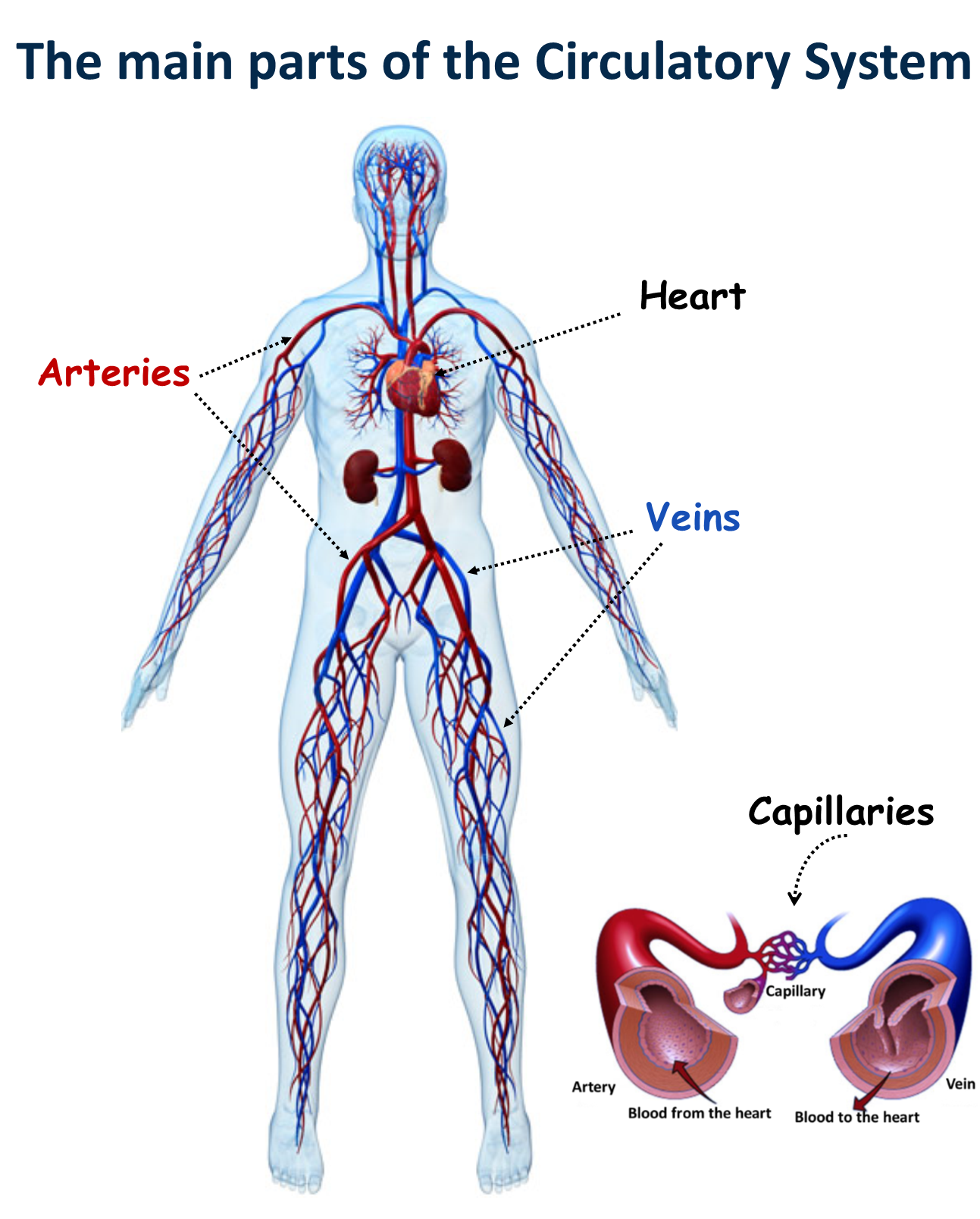
The Circulatory System CanadiensSchool
Key terms The circulatory system The circulatory system is a network consisting of blood, blood vessels, and the heart. This network supplies tissues in the body with oxygen and other nutrients, transports hormones, and removes unnecessary waste products. The heart
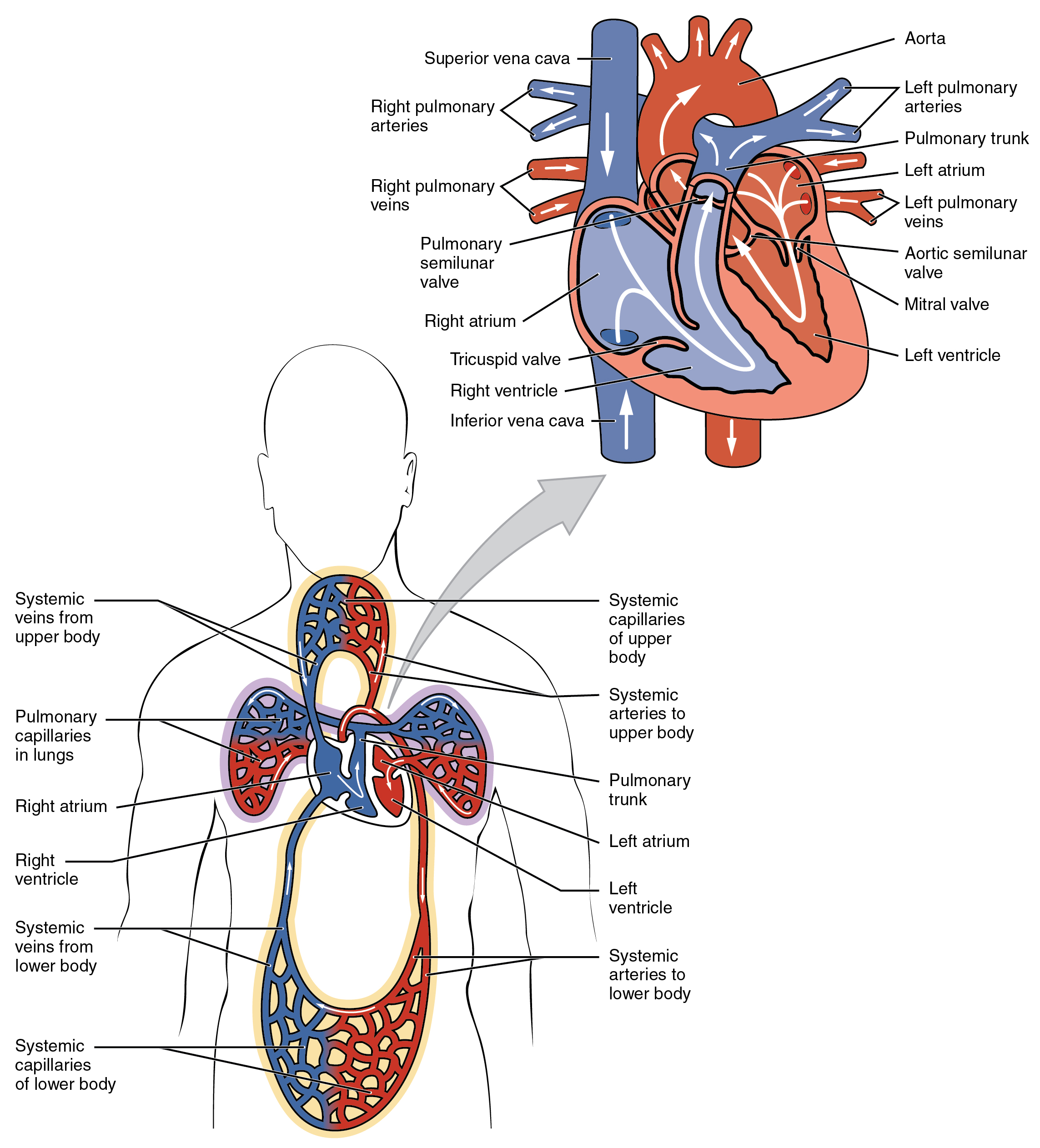
Heart Anatomy · Anatomy and Physiology
Cardiovascular system diagram Now that you're familiar with the major arteries and veins of the cardiovascular system, it's time for a practice test. Here at Kenhub, one method we love using at the beginning of the revision process (after watching a video tutorial, of course!) is labeling structures to train our active recall abilities.

Circulatory function
Blood, by definition, is a fluid that moves through the vessels of a circulatory system. In humans, it includes plasma (the liquid portion), blood cells (which come in both red and white varieties), and cell fragments called platelets.. At the top of the diagram is a cell labeled hematopoietic stem cell. There are 2 arrows pointing down from.
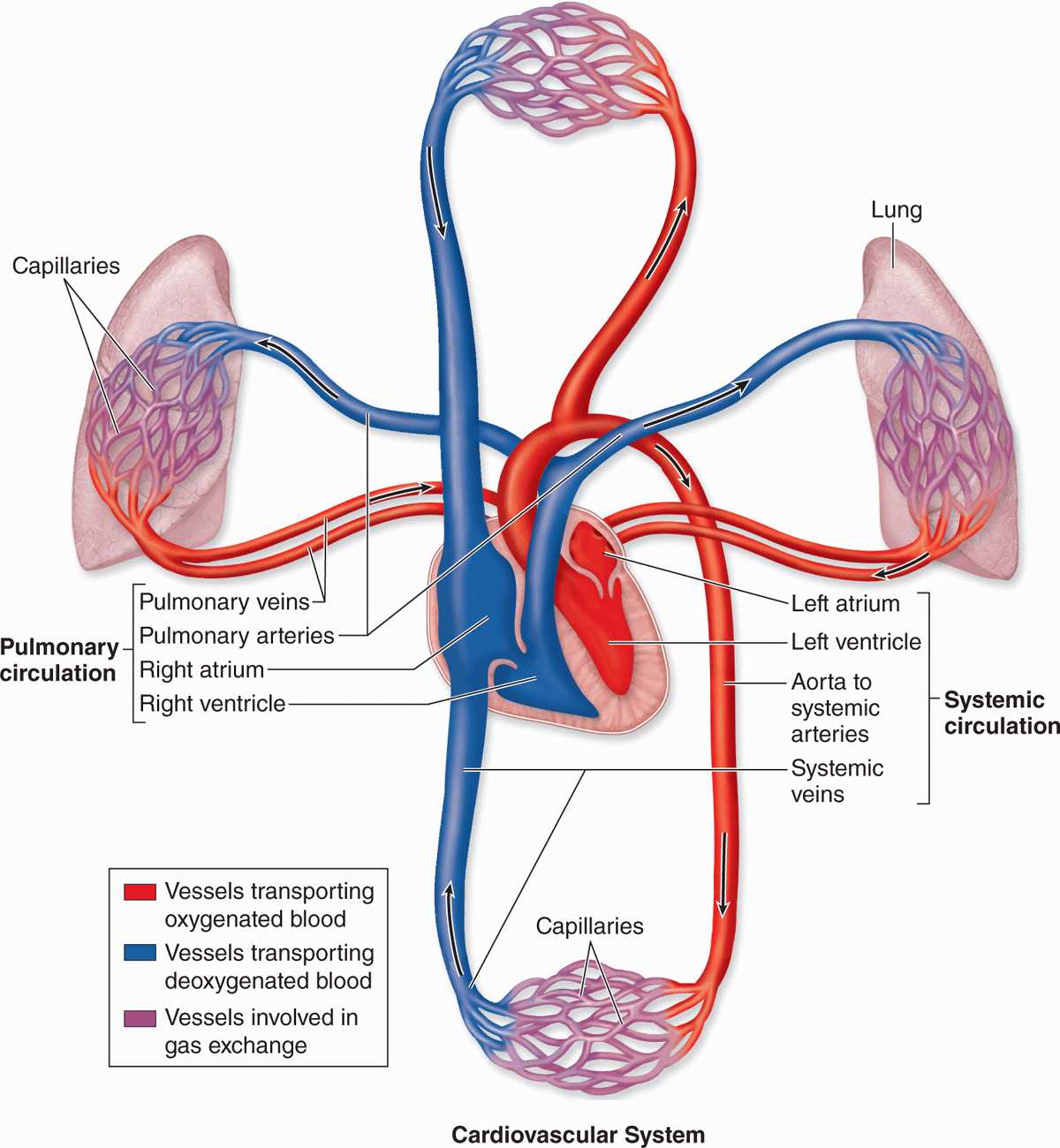
The Circulatory System Basicmedical Key
Heart anatomy. The heart has five surfaces: base (posterior), diaphragmatic (inferior), sternocostal (anterior), and left and right pulmonary surfaces. It also has several margins: right, left, superior, and inferior: The right margin is the small section of the right atrium that extends between the superior and inferior vena cava .
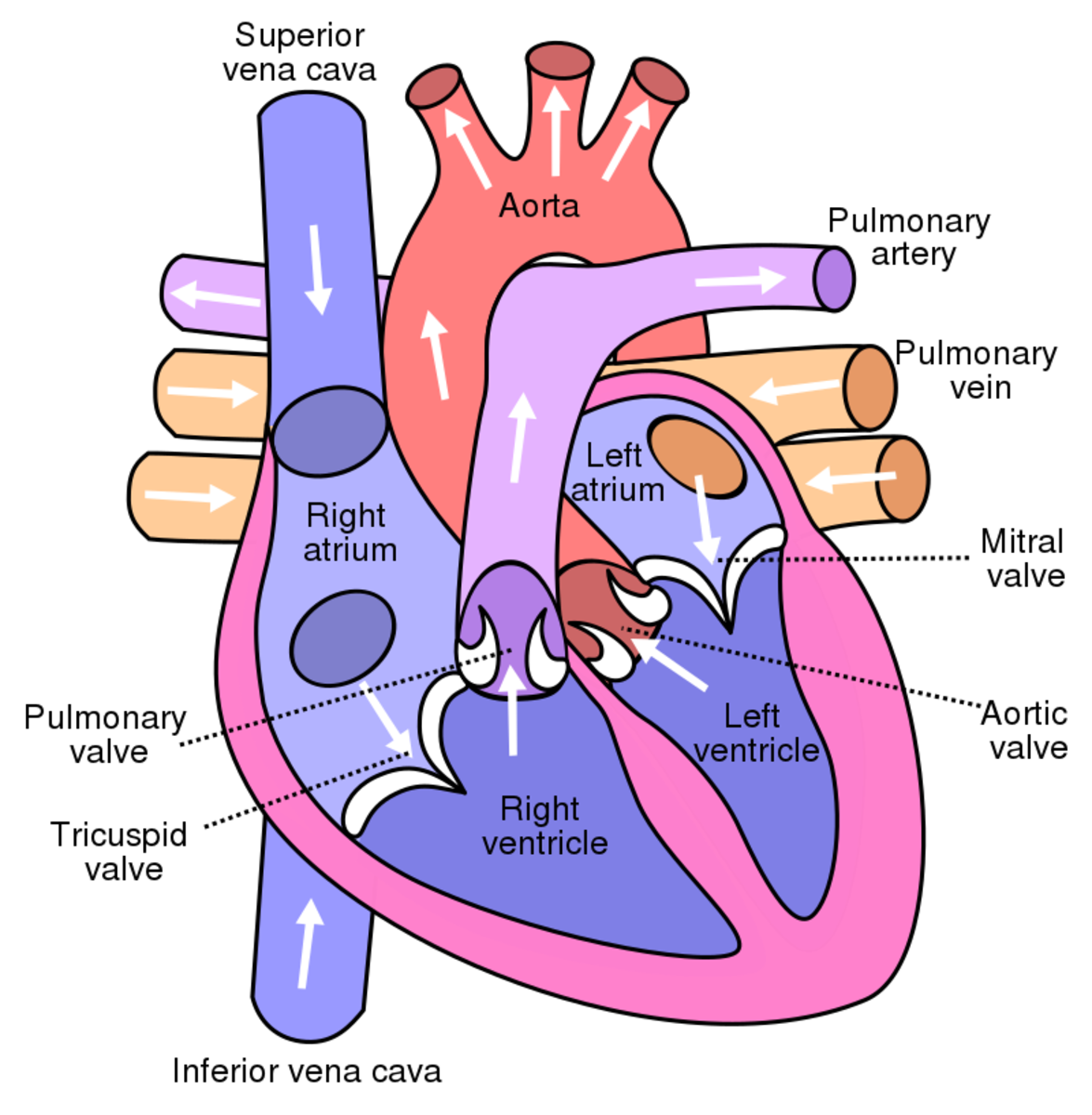
The Circulatory System Its 4 Main Parts and How They Work Owlcation
Below is a neat labelled Circulatory system diagram. Read more: Human Body Anatomy Read on to explore intricate about the human circulatory system and its components in greater detail. Table of Contents Human Circulatory System Features Organs Heart Double Circulation Blood Blood Cells Blood Vessels Lymphatic System Functions